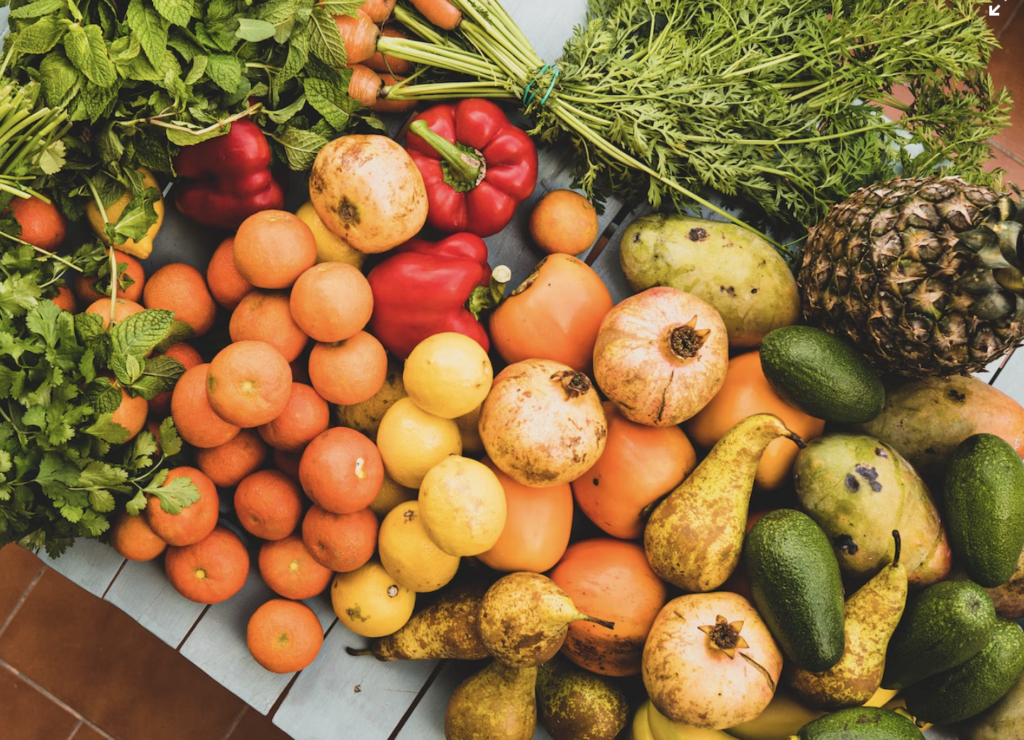Why Food Prices Are Still Soaring
Due to lingering supply chain deficits, a sustaining and significant bout of avian flu, and persistent inflation combined with unrelenting consumer demand, food prices are continuing to soar.
This article is more than 2 years old
Though inflation is down from its all-time summer highs, food prices are still continuing to increase. The inescapable climb of grocery store costs has affected everyone nationwide, especially American citizens living paycheck to paycheck. There are numerous reasons for food prices’ constant acceleration, including supply chain interruptions, suppliers paying more for their packaging, and unfortunate weather patterns.
Since 2021, prices for grocery store goods have gone up by 13%, with a 0.7% increase this year from August to September. In September, almost every category of food product saw an unwelcomed escalation in price. Fruits and vegetables received the most significant growth, going up by 1.6% since the month prior, while cereals and bakery items went up 0.9%.
Meat products went up by 0.4% the last month, while beverages of all sorts increased by 0.6%. Egg cartons rose similarly by 0.4%, and other grocery store items jumped by an average of .5% to 1%. Since last year, many of these items reached double-digit figures, which is unexpectedly high for everyday food products like poultry and fish.
Compounding factors motivated by the COVID-19 epidemic has put significant pressure on the food industry and accelerated food prices. Alongside the pandemic’s impact, the industry is also trying to reconcile with the effects of climate change, like an increase in disastrous and unexpected weather. Droughts, flooding, and hurricanes were all significant factors in food distribution disruption this year, with many farms being eviscerated by the severe weather patterns.

Suppliers were also affected by the disastrous avian flu, which was killing off chickens nationwide. A reduction in egg-laying hens made it difficult for suppliers to meet the demand of grocery store shoppers, escalating the price of eggs tremendously. As fall began, the number of avian flu infections started to rise again, which could put the poultry industry in an even more precarious spot than at the year’s commencement.
As food prices surge uncontrollably, demand for grocery store items is higher than ever. Though the average citizen may limit the number of discretionary items they buy, there will consistently be increased demand for food products. Unfortunately, food distributors whose suppliers are financially extracting are passing along those prices to their customers, putting buyers in a tricky situation.
Though people can’t remove food from their budget, analysts have seen people make grocery store tradeoffs to save money. Shoppers are definitely buying fewer discretionary items at retailers and markets, and more are opting for cheaper private-label brands that provide economically advantageous deals. Discount grocery store chains are receiving an influx in consumer traffic, with Aldi gaining a million more customers over the past year.
Giant retailers like Target and Walmart have commented on the restricted sales of discretionary items. Walmart stated to CNN that escalated food prices have been the culprit of this buying reduction, with families prioritizing their food needs before they spend on electronics, home decor, or clothing. Clothing retailers have felt the burden of this market transformation, with many brands suffering from overstock and drastically lower sales than pandemic years prior.




